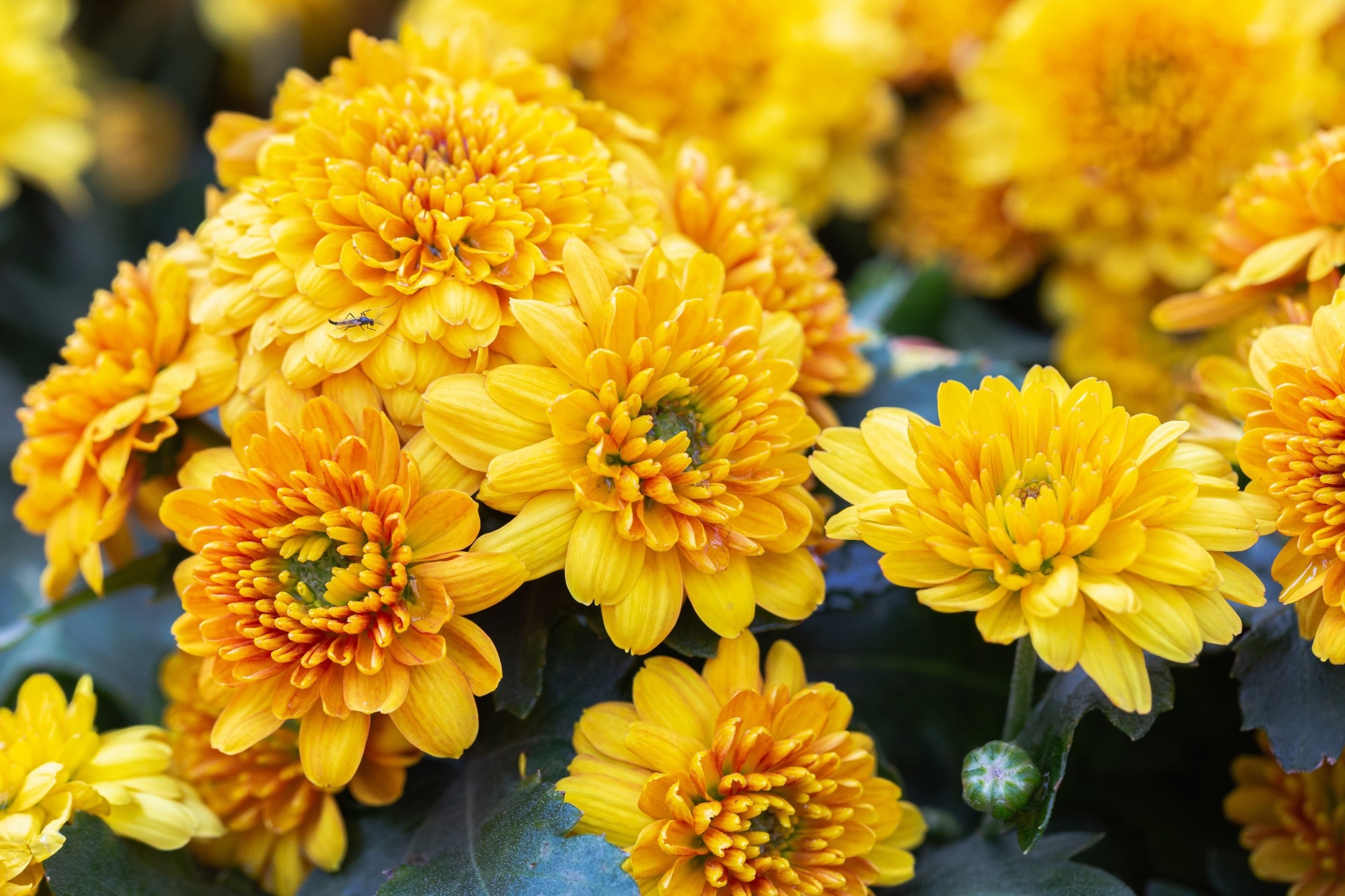The use of edible flowers has increased significantly in recent years, mainly because of their nutritional and medicinal properties. Flowers are rich sources of many bioactive compounds, including carotenoids, phenolic compounds, vitamins C and E, saponins, and phytosterols.
As an alternative food source, flowers significantly contribute to food security and environmental sustainability. Nevertheless, some flowers may also contain toxic substances, thus making them not suitable for consumption.
Many post-harvest treatments, including refrigeration, crystallization, lyophilization or freeze-drying, sugar canning, and preservation in distillates, have been developed to increase the shelf-life and quality of flowers. Despite these advancements, edible flowers are mainly sold fresh and chilled without any other post-harvest treatments.
Nutrients and bioactive compounds in edible flowers
The popularity of edible flowers is increasing because of their nutritional and health benefits. Evidence indicates that the consumption of some edible flowers can provide daily recommended amounts of certain minerals, including magnesium, phosphorous, and potassium. However, boiling some flowers may reduce their mineral content.
Different parts of flowers contain different amounts of nutrients. Pollen, for example, has high amounts of proteins, amino acids, carbohydrates, and lipids.
Nectar has balanced amounts of sugars, amino acids, proteins, inorganic ions, lipids, organic acids, and alkaloids. Petals and other parts of flowers serve as potential sources of vitamins, minerals, and bioactive compounds.
Phenolic compounds and carotenoids are the major bioactive compounds found in flowers. Recent evidence indicates that about 60% and 54% of known edible flowers contain carotenoids and phenolic compounds, respectively. However, it has been observed that flowers containing high amounts of carotenoids do not generally contain high amounts of phenolic compounds and vice versa.
Flavonols, such as quercetin, kaempferol, isorhamnetin, myricetin, and their derivatives, are the main class of flavonoids found in flowers. Flavones such as luteolin, apigenin, acacetin, and chrysoeriol are the second major class of flavonoids. Among phenolic acids, chlorogenic acid, caffeic acid, caffeoylquinic acid, protocatechuic acid, and gallic acid are found in edible flowers.
Hydroxy xanthophylls and xanthophylls containing hydroxyl and epoxide groups are the most common types of carotenoids found in edible flowers. Provitamin A carotenes and colorless carotene phytoene can also be found in flowers. In Renealmia alpinia (Rottb.) Maas, a medicinal plant typically found in rainforests in Mexico, extremely high amounts of provitamin A carotenes have been reported.
Health benefits of edible flowers
Bioactive compounds present in edible flowers are associated with many health benefits, including antioxidants, anti-inflammatory, anticancer, anti-obesity, hepatoprotective, neuroprotective, gastroprotective, antidiarrheal, anti-microbial, antispasmodic, analgesic, and astringent properties.
About 97% of known edible flowers are associated with therapeutic properties. Specifically, about 32%, 26%, and 14% of flowers have been identified to have immunomodulatory, anti-microbial, and gastro-protective properties, respectively.
Previous in vitro studies have observed high antioxidant activity in begonias, roses, garden nasturtiums, daylily, calendula, Japanese rose, Daurian rose, daylily, and chrysanthemum. Furthermore, many edible flowers, including hibiscus, rose, chrysanthemum, tagetes, cosmos, coral vine, lesser bougainvillea, jasmine, honeysuckle rose, cassia fistula, chives, calendula, and pomegranate flowers exhibit anticancer effects against a wide range of cancers including those affecting the liver, colon, brain, skin, bladder, prostate, and breast.
 Chrysanthemums. Image Credit: Old Man Stocker / Shutterstock
Chrysanthemums. Image Credit: Old Man Stocker / Shutterstock
Anti-inflammatory properties have been identified in Roselle, Hangzhou white chrysanthemum, wild chrysanthemum, honeysuckle, and daylily flowers. Furthermore, anti-obesity effects have been attributed to Roselle, magnolia, and waterlily flowers.
High levels of lutein and zeaxanthin, both carotenoids, have been detected in the petals of tagete flowers. These carotenoids are known to have protective effects against ocular pathologies, such as age-related ocular degeneration.
Other benefits of flowers
Food production accounts for approximately 40% of land use and 70% of freshwater use, which are significant obstacles to achieving a sustainable ecosystem. Contamination of soil and water due to human activities is another major problem in the context of food production and security.
Phytoremediation is a process of using plants to remove contaminants and pollutants from the environment. Plant roots can absorb and immobilize heavy metals found in soil, which can then be converted into volatile forms and released into the atmosphere through stomata, a process otherwise known as phyto-volatilization.
Plants can also degrade soil pollutants through phyto-degradation or rhizodegadation through the use of enzymes or soil contaminants using microorganisms in the rhizosphere, respectively. Phyto-extraction is another important approach typically used for commercial applications.
In the textile industry, flower-derived dyes are gaining popularity because of the potential environmental and health hazards associated with synthetic dyes. Recent evidence indicates that flowers like jasmine and saffron purple petals can be used to produce bioethanol and an environmentally friendly additive for bentonite-based drilling fluids, respectively.
Porous carbon nanosheets can be produced by carbonizing paper flowers. These materials can also be used in energy storage and dye removal.
Journal reference:
- Coyago-Cruz, E., Moya, M., Mendez, G., et al. (2023). Exploring Plants with Flowers: From Therapeutic Nutritional Benefits to Innovative Sustainable Uses. Foods. doi:10.3390/foods12224066